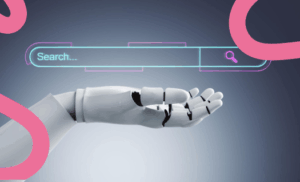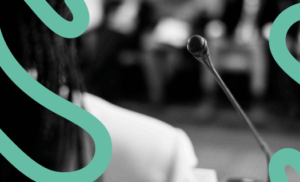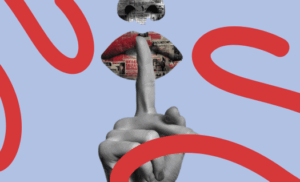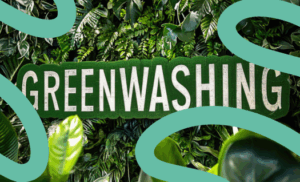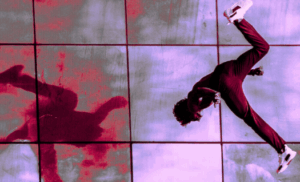In marketing, we are constantly bombarded with the words ‘innovation’ and ‘creativity’. In fact, there is a certain amount of hype surrounding creativity. Agencies compete to be the most original and disruptive, brands compete to launch the most groundbreaking campaign, and internal teams compete to find the idea that will change consumer perception. However, from time to time, it is worth asking ourselves an uncomfortable question: are we really creating something new, or are we just going round and round in circles, using formulas that have already been used before?
This is not a new debate. With the rise of digital photography, some experts claimed more than a decade ago that saturation point had been reached. Taking photos was free because the digital format did not consume paper or developing fluids. All possible photos, all visual shots, they said, had already been taken, which does not seem absurd when we look at the content on social media such as Instagram or TikTok. Every angle, every light, every human gesture had been immortalised somewhere. Their proposal was clear: instead of continuing to shoot thousands of times with the camera, we had to focus on editing and improving what already existed. It was time to refine, not accumulate. In reality, a new era of generating variations was beginning. Are you familiar with the term “generative”?
The prophecy did not come true, at least not in the way it was formulated. Millions of people continue to take photos compulsively, and the collective archive of images has continued to grow. But that warning leaves an interesting residue: when we produce in excess, we run the risk of diluting the value of each new piece of content. That is something we know very well in marketing.
The mirror of artificial intelligence
Today, generative artificial intelligence is reigniting the debate with a vengeance. Large language models (LLMs) work on the basis of previous content. They do not invent from scratch, but rather recombine what already exists. Their apparent originality is the result of mixing, not creation from scratch.
The parallel with marketing is obvious. Many current campaigns seem to be generated by an algorithm that mixes familiar elements: a bit of emotional storytelling, a touch of pop nostalgia, a pinch of social purpose and a recognisable soundtrack. The result is engaging and effective, but leaves a feeling of déjà vu.
Is that bad? Not necessarily. Culture, and with it communication, has always been built on previous layers. Shakespeare adapted popular legends, Picasso reinterpreted Velázquez, and Warhol turned a soup can into an icon. The problem arises when that repetition lacks awareness, when something that is nothing more than a rehash is presented as something new.
A generation that trusts Google
The younger generations consume information at a dizzying pace. Their references do not come from a single library, a secondary school teacher, or growing up with only two television channels, but from an avalanche of search results, tutorials, and social feeds, as well as thousands of YouTube and Twitch channels. This multiplies the sources, but it also fragments knowledge.
Cuando la construcción del criterio se basa en lo primero que aparece en Google, se corre el riesgo de perder perspectiva histórica. Algo que parece original puede ser, en realidad, un reciclaje de campañas pasadas. Y como la memoria colectiva se acorta, lo repetido pasa por novedoso.
This is clearly evident in marketing. Guerrilla strategies reminiscent of campaigns from the 1990s, viral videos that are updated versions of television adverts from three decades ago, or the rediscovery of formats that had already exhausted their potential in their day. Everything is received with enthusiasm because the younger audience may not have seen it before.
Originality or iteration?
The question is not whether absolute originality still exists, but how we understand creation in a world saturated with stimuli. The unique, never-before-seen idea is a romantic myth. What is within our power is how we iterate on what already exists.
A marketing team does not need to reinvent the wheel, but it can reinvent its usefulness. Repeating a resource in a new social context, with a relevant cultural change or with a different technology can generate powerful results. In this sense, creativity is not about producing something from scratch, but about connecting what seemed disconnected.
The challenge lies in not succumbing to laziness. It is not acceptable to take an advertisement from the 1980s, change the colour and call it innovation. Iteration requires intelligence, analysis and sensitivity to detect what deserves to be revisited and what should remain in the archives.
How to avoid saturation
Saturation is one of marketing’s greatest enemies. When everything looks the same, consumers tune out. Therefore, even though we accept that much of what we do involves variations, we must strive to ensure that those variations contribute something more than just cosmetic changes.
This is where strategy comes into play. A brand that thoroughly understands its audience can take a resource and make it relevant by placing it in the right time and place. The difference between cliché and success lies in context and the ability to interpret what the market needs.
In the end, perhaps the question of whether there is room for originality is less important than another: do we know how to recognise the traces of the past in what we do today? Because many of the campaigns that are sold as innovative do nothing more than recycle symbols from previous generations.
I cannot help but leave a final warning, now that pre-digital generations are under fire: be careful not to dismiss boomer culture or Generation X. Many of their supposed “antiques” are the stuff that viral campaigns are made of today. This ranges from retro fonts to revived slogans. Today’s marketing thrives on reinterpreting codes. It’s not such a bad thing as long as we recognise it, right?

